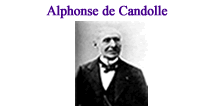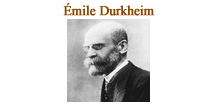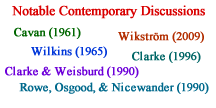Beccaria, Cesare (1764/1767). An Essay on Crimes and Punishments. Translated from the Italian; With a Commentary, Attributed to Mons. De Voltaire. Translated from the French. Translator unknown. London: J. Almon.
Bentham, Jeremy (1789/2000). An Introduction to the Principles of Morals and Legislation. Ontario, CA: Batoche Books: Kitchener.
Cavan, Ruth (1961). The Concepts of Tolerance and Contraculture as Applied to Delinquency. The Sociological Quarterly, 2(4): 243-258.
Clarke, Ronald V. (1996). The distribution of deviance and exceeding the speed limit.” British Journal of Criminology 36(2): 169-181.
Clarke, Ronald V., & Weisburd, David L. (1990). On the Distribution of Deviance, In Don M Gottfredson and Ronald V Clarke, eds., Policy and Theory in Criminal Justice, pp 10-27, Aldershot, England: Gower Publishing Company.
De Candolle A. (1830). Considérations sur la statistique des délits. Reprinted in: Déviance et société. 1987 – Vol. 11 – N°4. pp. 352-355.
Quetelet, Adolphe. (1833/1984). Research on the Propensity for Crime at Different Ages. Translated and introduced by Sawyer F. Sylvester. Cincinnati: Anderson.
Quetelet, Adolphe (1848). Du système social et des lois qui le régissent. Paris: Guillaumin et Cie Libraires.
Quetelet, Adoplphe (1869). Physique Sociale ou Essai sur le Development des Facultés de L’Homme. (Tome II). Bruxelles: C-Muquardt, Libraire-Editeur.
Rowe, David C., Osgood, D. Wayne, & Nicewander, W. Alan (1990). A latent trait approach to unifying criminal careers. Criminology 28(2): 237-270.
Wikström, Per-Olof H. (2009). Crime Propensity, Criminogenic Exposure and Crime Involvement in Early to Mid Adolescence. Monatsschrift für Kriminologie und Strafrechtreform, 92:253–266.
Wilkins, Lelsie T. (1965) Social Deviance: Social Policy, Action, and Research. Englewood Cliff, NJ: Prentice Hall.





